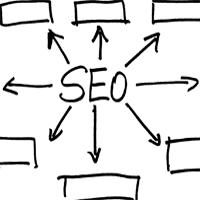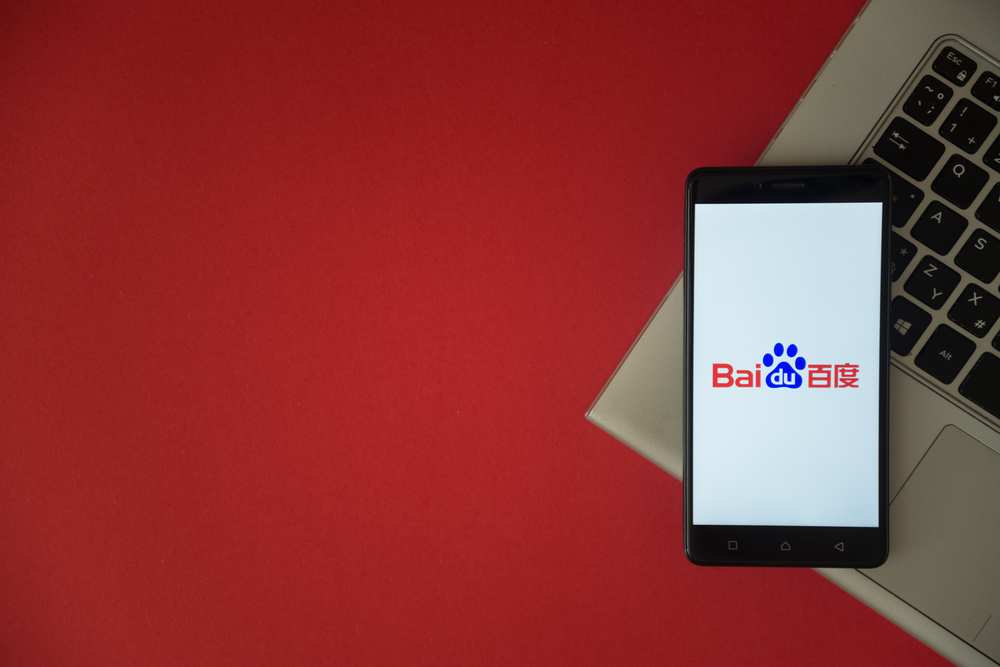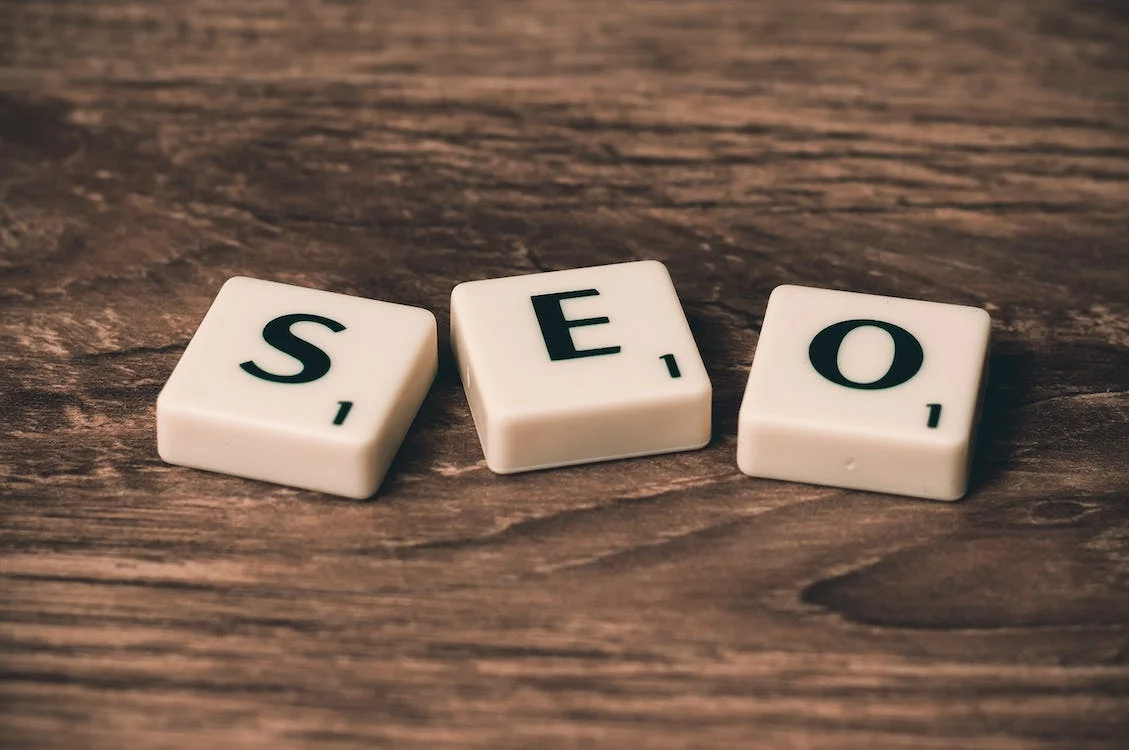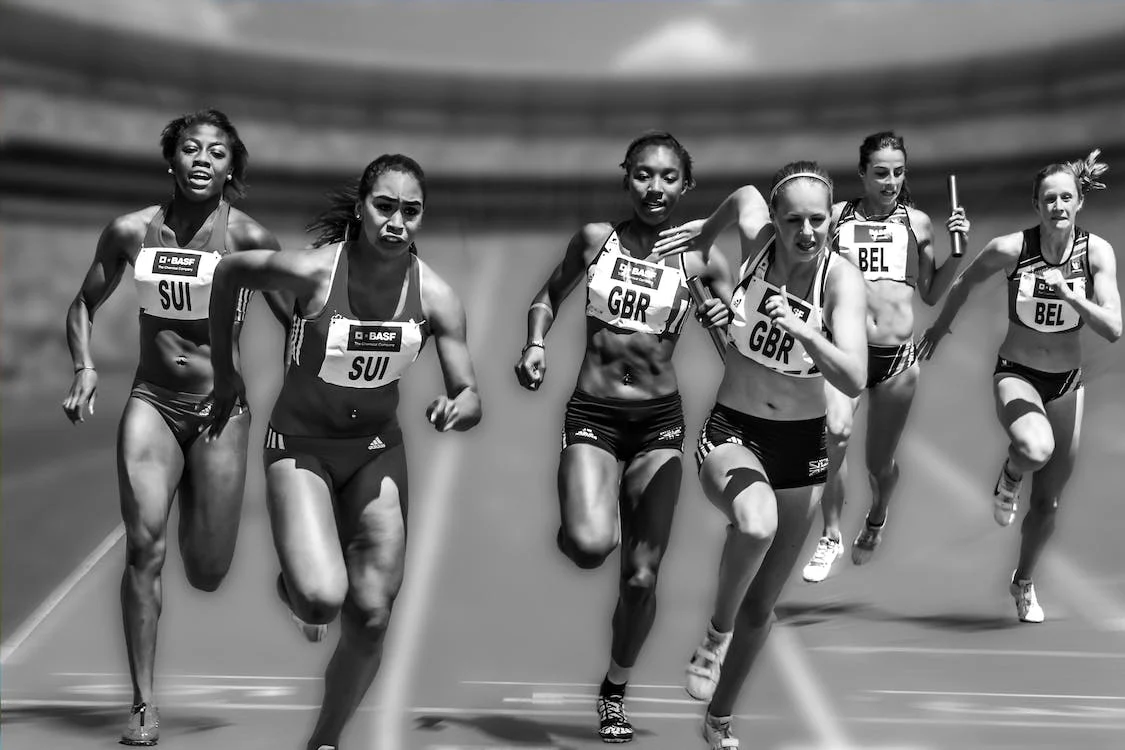Landing Pages: SEO vs. SEM

When a site puts together a landing page for a user, it is often with a specific goal in mind. Most of the time this goal is to drive higher-quality traffic to its website through a search engine. A targeted landing page, unlike a generic home page, is designed to be relevant to what a user has just seen on the search engine results page (SERP), making good on the listing's offer.
The SEO Ecommerce Experience
When you go shopping at a department store, you may have a specific item in mind to buy - let's say shoes, for example. You enter through the front door and notice every little thing on your way to the shoe department. The decorations, the sale in electronics or the in-store Starbucks may catch your attention. These distractions might be strong enough to make you forget exactly what you came for, or they could be ignored until you reach your final destination in the shoe section.
The "home" landing page associated with organic listings isn't that different. Most SEO-focused landing pages have to cater to the search engine bots as well as browsing humans not looking for a particular item. Because of this, the marketing focus of these pages is indirect at best.
The organic listings created by the search engine's algorithms are not easily controlled by retailers. Most search engines look at a site's home page first and rank it as the most important page based on the relevancy of search queries. This encourages the webmaster to code the site in the broadest terms, in order to gather the widest audience. Overall, this makes organic landing pages more general - not driven by conversion rates. The main goal of these pages is site ranking and visibility - great for marketing to new visitors or casual browsers but not so good for a customer looking for a specific item or service.
The SEM Ecommerce Experience
Now imagine you visit the same department store, again looking for new shoes. But this time you are instantly teleported to the shoe department without having to even pass through the front door. There are no distractions and you reach the shoe department still in buying mode. This is the targeted, SEM landing page.
Because the SERPs are predetermined by your keywords, the SEM experience is more direct and ultimately more profitable for retailers, especially in cases where users have very specific requests.
Using paid listings gives the retailer full control of what users see after the click. This destination might be the shoe department or even the exact model shoe the user wants to buy. A user coming from a results page is action-oriented and it serves the retailer well to take advantage of their mindset. After all, the closer I am to the shoe I want the more likely I am to buy it.
Impressions and Clicks in Action
A good example of how SEO and SEM-optimized landing pages differ can be found in landing pages of Zappos.com. When the term "shoes" is searched in Google, the organic results lead here:
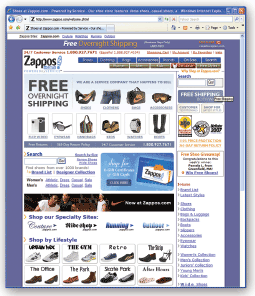
Because the Title tag of this page has been designed to function well at an SEO level, its keyword-rich text reads: "Our shoe store features dress shoes, casual shoes, and athletic shoes for men and women!" Here, the multiple mentions of the keyword "shoes" direct the engine to return this page to the user, as opposed to the "order" or "section" page that, in many cases is what the user was trying to find.
When clicking on the paid link to Zappos.com, we are taken to a sub-page within the site that is more targeted to the "shoes" query.
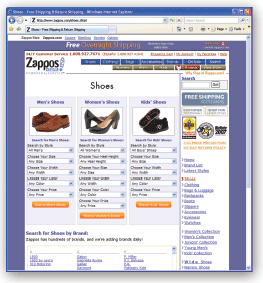
The Title tag on this paid links-optimized page is quite different. It reads "Shoes - Free Shipping & Return Shipping," information highly relevant to a commercial query for "shoes" and constitutes an offer that may well enhance conversions on this page. Because this page has been optimized for humans, not search engines, there is no need to flood the page with keywords and Meta tag data - users are coming here to buy.
Creating two sets of landing pages, one for SEO and the other for paid links is essential if you want to make the most of search engine traffic. Just because SEO-oriented landing pages must be more general and less action-oriented doesn't mean that they can't accomplish your branding objectives. Paid links-optimized pages, on the other hand, give you granular control allowing you to guide users directly to products they want, when they want them. If you want a complete experience on the Web for consumers, you'll need to create both sets.


